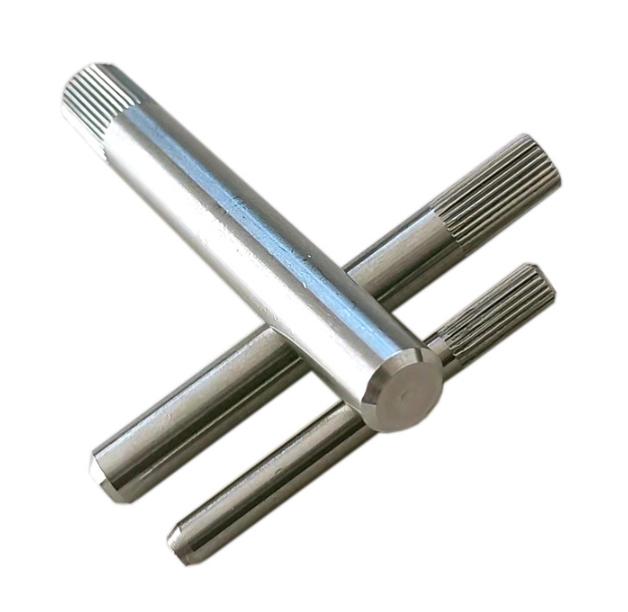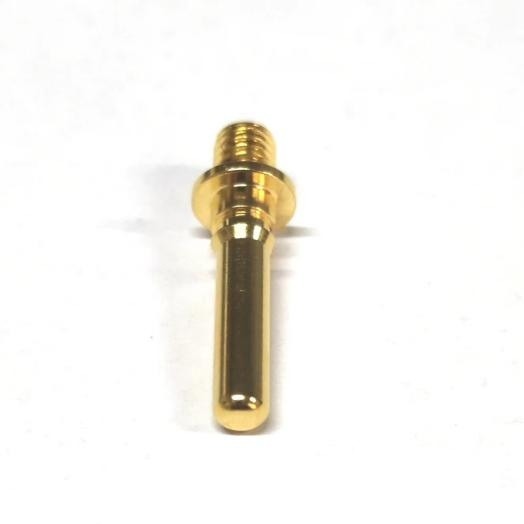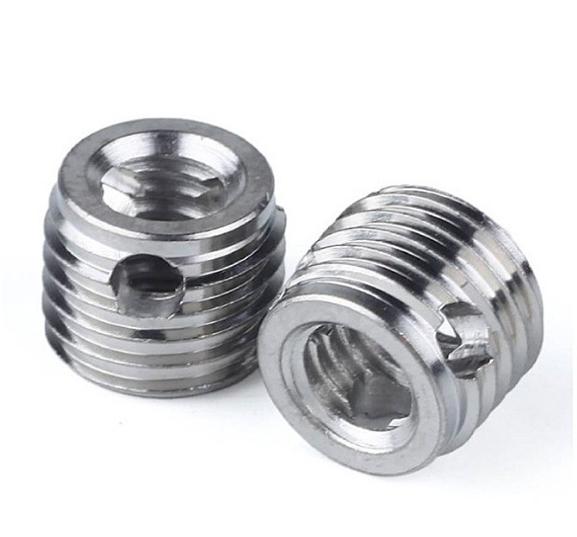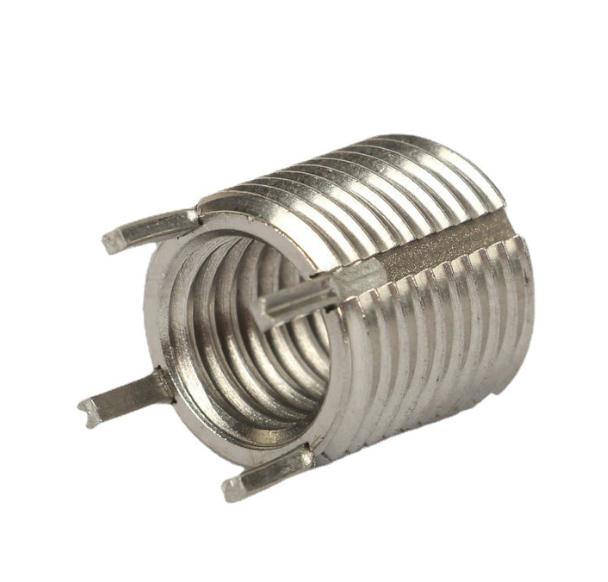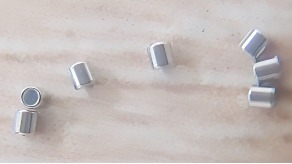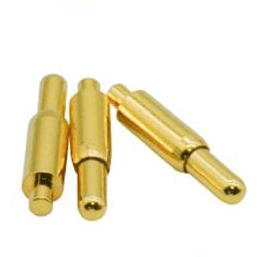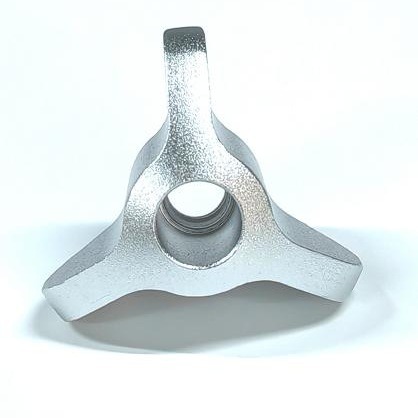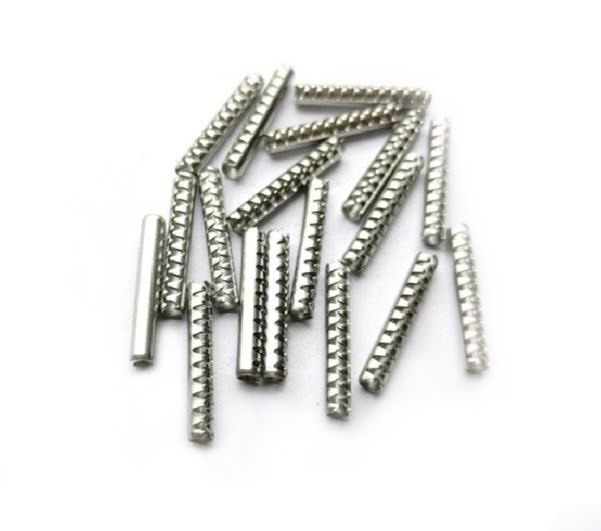What are the 4 Common Types of CNC Machining Processes
CNC (Computer Numerical Control) machining has revolutionized the manufacturing industry by automating precision machining processes. To ensure successful CNC machine parts processing, operators must adhere to specific procedures and precautions. In this article, we will explore 4 common types of CNC machining processes and discuss the essential steps and considerations for each.
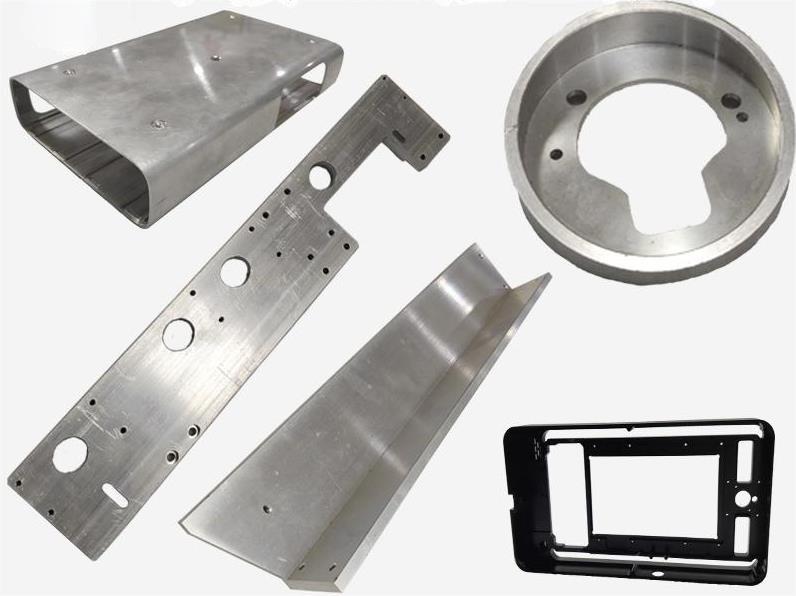
Let’s delve into the 4 common types of CNC machining processes and the specific steps involved in each:
Drilling in CNC Machining Processes
Drilling is a fundamental CNC machining process used to create holes in workpieces. To ensure precise drilling, the following steps should be followed:
1. Preliminary center drilling
Before drilling, it is essential to use a center drill to establish an accurate starting point for the hole. This ensures proper alignment and positioning.
2. Drill with a slightly smaller bit
Using a drill bit slightly smaller than the specified size on the drawing prevents any potential deviations and allows for a more precise hole.
3. Precise drilling
With the appropriate drill bit, perform the drilling operation, ensuring a smooth and accurate hole is created.
Reaming in CNC Machining Processes
Reaming is employed to refine and improve the accuracy of drilled holes. The following steps should be observed:
1. Center drilling
As with drilling, begin by center drilling the workpiece to establish an accurate starting point for the subsequent operations.
2. Drill with a smaller bit
Use a drill bit slightly smaller than the specified size on the drawing to create a hole that serves as a precursor to the reaming process.
3. Reaming the hole
Utilize a reamer to precisely enlarge and refine the hole to the desired size. It is important to monitor the spindle speed, keeping it within the range of 70-180rpm/min for optimal results.
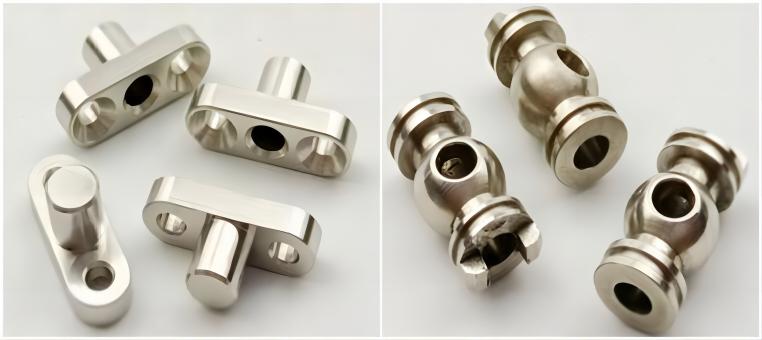
Boring in CNC Machining Processes
Boring is a machining operation that enlarges existing holes to achieve precise dimensions. Follow these steps for effective boring:
1. Center drilling
Establish accurate positioning by center drilling the workpiece.
2. Drill with a smaller bit
Similar to previous processes, use a slightly smaller drill bit than the specified size to create a hole that serves as a starting point for the boring operation.
3. Rough boring
Using a coarse boring cutter or milling cutter, remove excess material, leaving a small margin for the finishing process.
4. Finishing
Complete the boring process using a pre-adjusted precision boring cutter. Ensure that the finishing allowance is no less than 0.1mm to achieve the desired accuracy.
Direct Numerical Control (DNC) Operation in CNC Machining Processes
DNC operation allows for seamless communication between the computer and the CNC machine. Follow these steps for successful DNC machining:
1. Workpiece clamping and zero position setting
Securely clamp the workpiece and establish the zero position for the CNC machine. This ensures accurate positioning and alignment during the machining process.
2. Parameter setup and program loading
Enter the necessary parameters and load the machining program file into the computer. Double-check the program for accuracy and compatibility with the workpiece specifications.
3. Initiating DNC mode
Switch the CNC machine to DNC mode using the machine controller. This enables the machine to receive and execute the program instructions from the computer.
4. DNC transmission
On the computer, initiate the DNC transmission by pressing the appropriate keys, such as the TAPE key, and the program start key on the CNC machine. This action establishes a seamless data transfer between the computer and the CNC machine.
5. Monitoring and execution
Observe the CNC machine as it executes the programmed instructions. Ensure that the machine operates smoothly and accurately throughout the machining process.
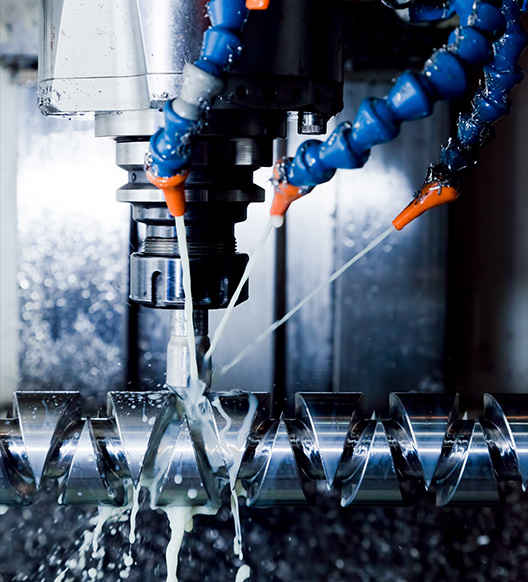
Conclusion
CNC machining encompasses various processes that require precision, attention to detail, and adherence to specific steps. By understanding the key steps involved in drilling, reaming, boring, and DNC operations, operators can ensure successful CNC parts processing.
Operators need to stay vigilant, address abnormalities promptly, and conduct thorough inspections to maintain both the safety of the operation and the quality of the final products. With proper training, attention to detail, and a focus on optimizing machining parameters, CNC operators can achieve superior results and contribute to efficient and high-quality manufacturing processes.
By harnessing the power of CNC machining, industries can enjoy increased productivity, improved accuracy, and reduced production times. As technology continues to advance, CNC operators must stay up-to-date with the latest advancements and continually refine their skills to meet the demands of a rapidly evolving manufacturing landscape. With a strong foundation in CNC machining processes, operators can unlock the full potential of this remarkable technology and drive innovation in the manufacturing industry.

